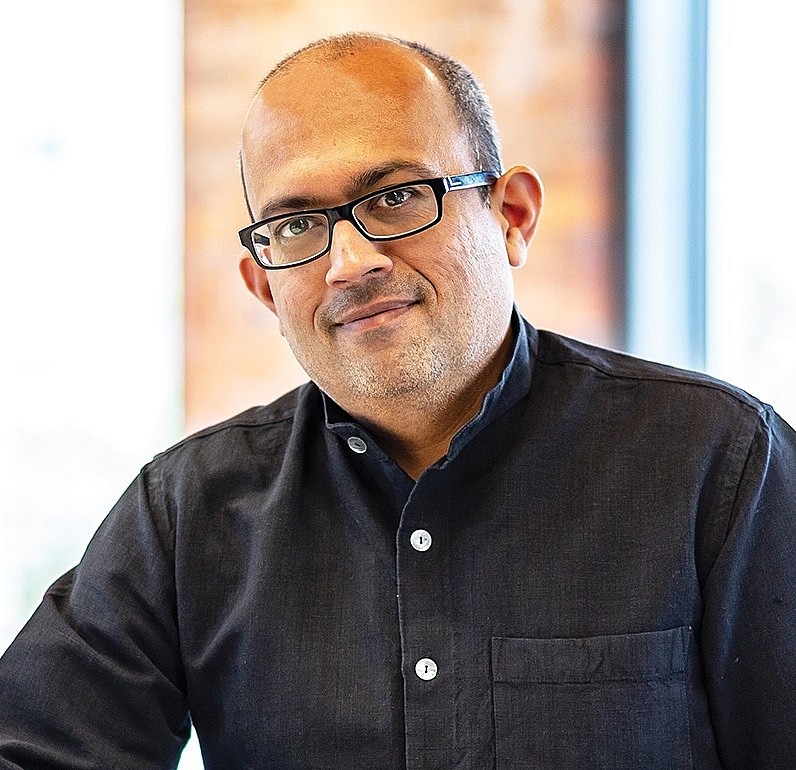“City within a city” can offer vast progressive advantages
 |
| By Romil Sheth - Principal and urban designer, Sasaki |
The concept of a consolidated city rather than three districts is a very compelling strategy as it would allow for a more efficient organisational structure and avoid redundancies.
This structure would also facilitate a comprehensive evaluation of land banks, planning for the future, and streamlined decision-making which is critical to attract companies and entrepreneurs.
Overall the approach of a “city within a city” should enable Ho Chi Minh City to create a progressive structure to harness its potential as a leading centre for innovation, creativity, and entrepreneurship.
In our design to turn the west of Ho Chi Minh City into an innovation district, we have clarified clearly that the rise of innovative districts as an urban planning and economic development approach has led to the development of diverse urban places dedicated to innovation all over the world. Innovation districts are geographically-clustered, with recognised boundaries and specific areas which are identifiable to their users.
The geographically distinct nature of an innovation district contributes to both its recognisable sense of identity, and an incentive to cluster activity within it.
Anchor institutions, high-growth enterprises, tech and creative entrepreneurs, and increasingly global talent networks brought together are increasingly able to collaborate, co-create, and scale their activities.
Through the establishment of an innovation district, Ho Chi Minh City can boost its economy by leveraging the potential of social, economic, and creative networks, enhanced through holistic place making; and cross-disciplinary ecosystems of anchor institutions, high-growth enterprises, tech and creative entrepreneurs, and a global talent network.
By convening diverse institutions and industries and nurturing networks of production and collaboration in close proximity, new outcomes which blend and build upon the actors’ individual successes can lead to new ideas, economic improvements, the emergence of new job sectors, and the resurgence of old ones.
Meanwhile, the planning, investment, and collaboration required to develop an innovation district provides a meaningful opportunity to consider and deliver on broader planning and longer term urban priorities such as sustainability, resilience, cultural growth, and civic engagement.
Innovation districts are built on a tripartite model involving close collaboration between academia, industry and government.
Academia is the source of research and talent, but requires the support and capital of government and industry. Industry draws on the creative and research insights of academic institutions and the regulatory, planning, and infrastructural support provided by government, while contributing capital and economic growth potential.
Government provides structure, support, and planning while relying on academia and industry to deliver the economic, creative, and social advancements which make it successful.
However, there is a fourth sector that is increasingly important in developing innovation: society. Made up of civil society groups, local commercial networks, and others, building on society will make investments last and allow for the wider sharing of the returns. To build on society, an innovation district must also invest in place making.
To attract global talent and sustain an environment of innovation, holistic place-making is essential.
Holistic place-making encourages and enhances networks of activity between the actors within an innovation district so that they are not only proximate, but also engaged in productive exchange.
Additionally, it is an important consideration not only to enhance the social, economic, and creative outputs of the innovation district itself, but also how to enhance the broader impact of the innovation district on the city as a whole. Holistic places which foster innovation, provoke innovative behaviours among users, and support innovative districts’ success actively promote community, convergence, connectivity, and community-building through physical interventions in the built urban environment.
A comprehensive, well-timed implementation process is the key to securing investment and building a successful innovation ecosystem. The implementation plan includes a framework, tools, and strategies. The implementation framework describes critical first steps that leverage existing investments across key functional zones, and each of these is tied to functional zone frameworks.
| Selected from a shortlist of six international design firms, Sasaki and enCity, an international planning practice based in Singapore and Vietnam, were awarded first place for their Highly Interactive Innovative Districts – which will be utilised for the new Thu Duc City. The competition’s brief requested urban planning and design schemes for over 22,000 hectares of the city throughout districts 2, 9, and Thu Duc. |
What the stars mean:
★ Poor ★ ★ Promising ★★★ Good ★★★★ Very good ★★★★★ Exceptional
Related Contents
Latest News
More News
- Unlocking urban potential of smart cities (December 18, 2025 | 16:50)
- Green finance offers 'passport' for Vietnamese construction, building materials firms (December 15, 2025 | 08:00)
- Gamuda Land commit long-term investment (December 12, 2025 | 11:49)
- HITC ties up with Evolution to develop AI and hyperscale data centres in Vietnam (December 11, 2025 | 12:09)
- Real estate deals boom via high-profile names (December 08, 2025 | 11:32)
- Industrial segment shaped by M&As (December 08, 2025 | 08:00)
- The Privé sets the benchmark for luxury real estate (December 05, 2025 | 08:28)
- TD CASA and the rise of bespoke interior design in luxury living spaces (December 03, 2025 | 14:14)
- Lee Soo-man's Blooming Sky to build Gia Lai culture, sport, and entertainment complex (December 02, 2025 | 16:41)
- Sustainability in DNA of Keppel Vietnam's future urban development strategy (November 28, 2025 | 10:53)

 Tag:
Tag:




















 Mobile Version
Mobile Version